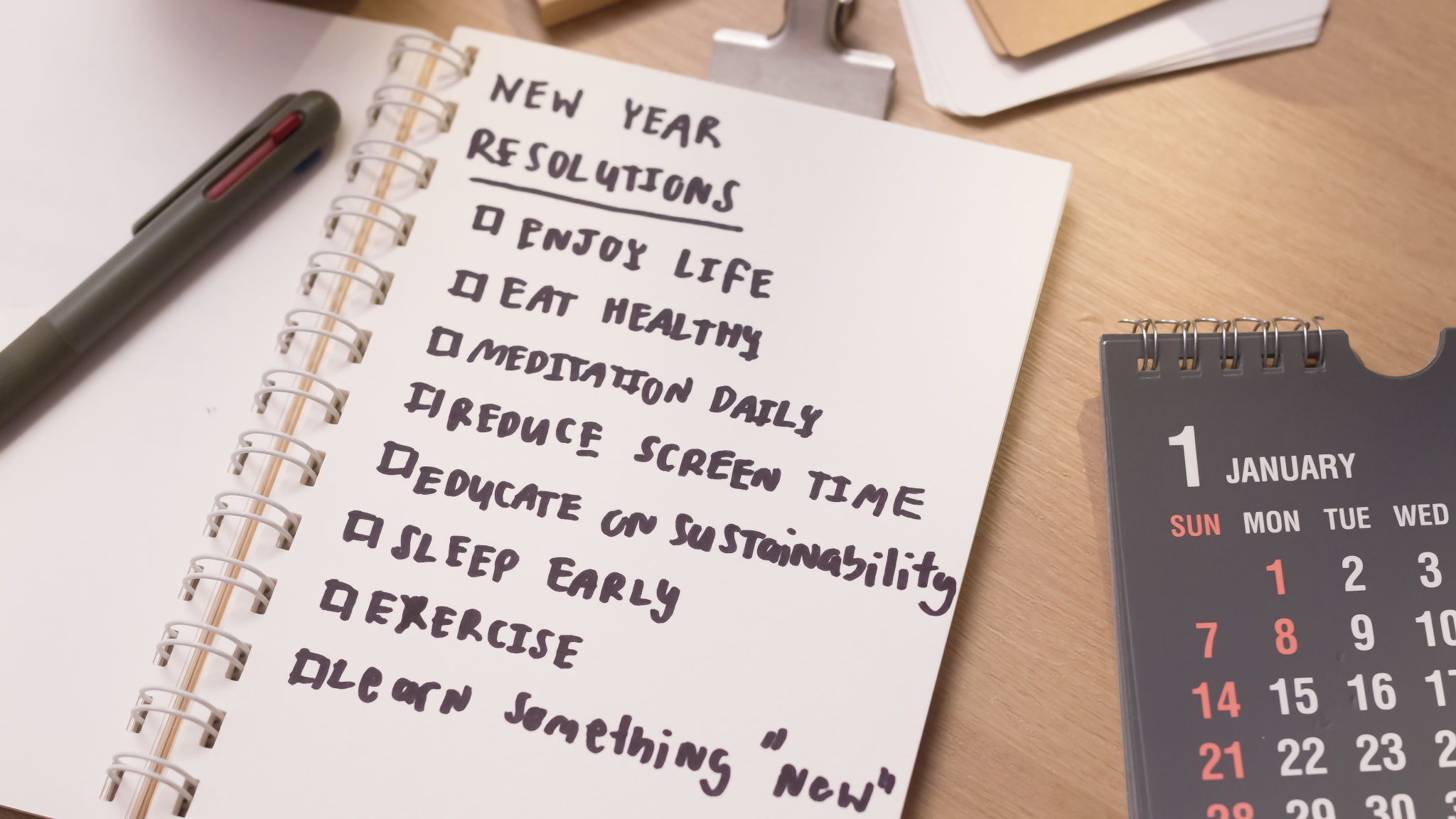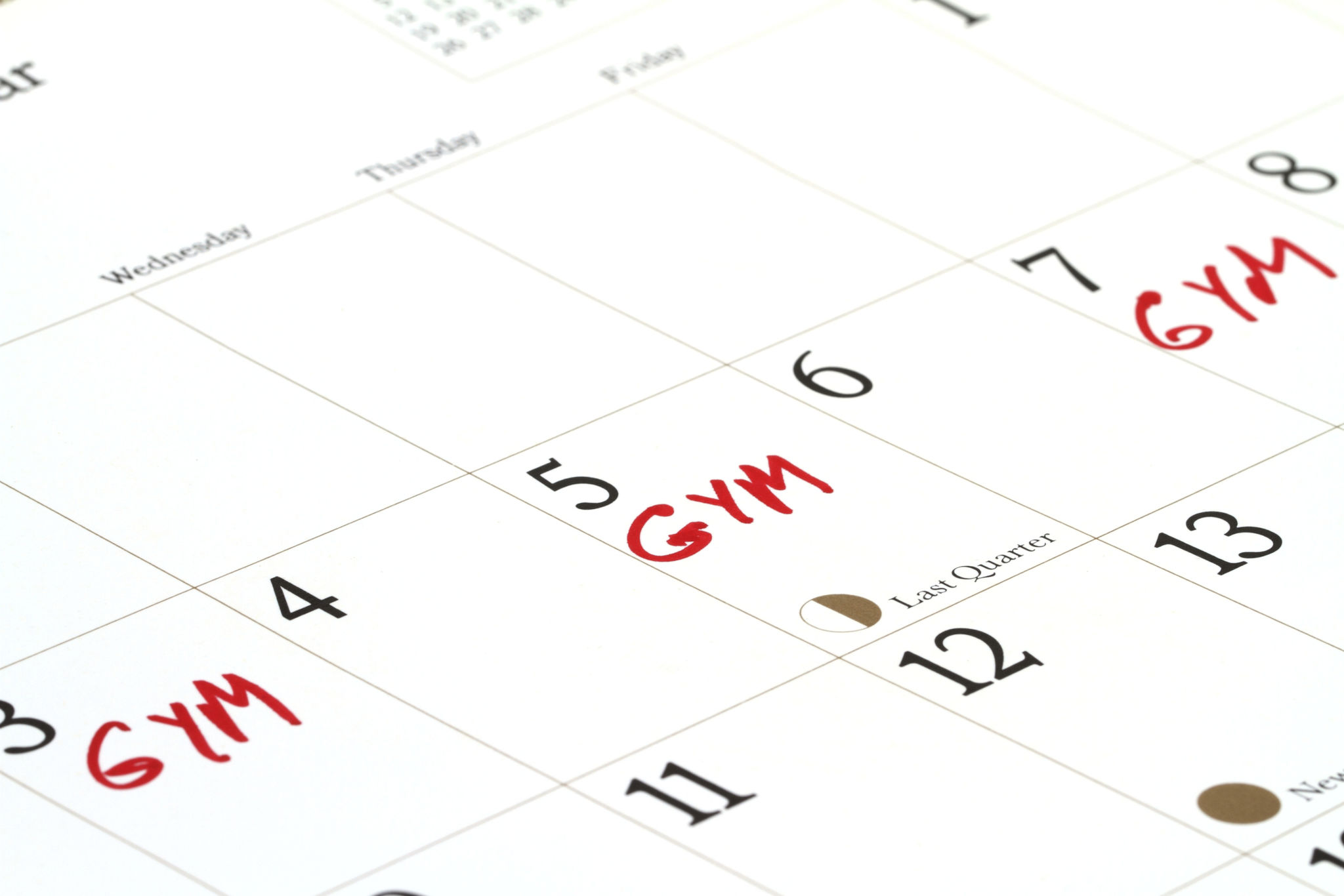Guide to Designing a Personalized Fitness Routine
Understanding Your Fitness Goals
Before diving into the creation of a personalized fitness routine, it's crucial to identify your specific fitness goals. Are you aiming to lose weight, build muscle, increase endurance, or improve flexibility? Understanding what you want to achieve will guide the way you design your workout plan and help set realistic expectations.
Consider using the SMART criteria—Specific, Measurable, Achievable, Relevant, Time-bound—to define your fitness objectives. For example, instead of saying "I want to get fit," a more precise goal would be "I want to lose 10 pounds in two months by exercising four times a week." This clarity will keep you motivated and on track.

Assessing Your Current Fitness Level
Knowing where you're starting from is essential for creating a workout plan that pushes your limits but remains achievable. Assess your current fitness level by considering factors such as your endurance, strength, flexibility, and balance. You might want to perform a few basic tests such as a timed run or a plank hold to get an understanding of your baseline.
If you're unsure about evaluating yourself, consider consulting with a fitness professional for a more thorough assessment. This step will help prevent injuries and ensure that your routine is appropriate for your current capabilities.
Identifying Exercise Preferences
Enjoyment is key to maintaining a consistent fitness routine, so it's important to choose exercises that you find fun and engaging. Whether it's running, swimming, yoga, or weightlifting, select activities that you look forward to doing. Remember, the best workout is the one you'll actually stick with.

Creating a Balanced Routine
A well-rounded fitness plan includes a mix of cardiovascular exercises, strength training, and flexibility workouts. Cardiovascular exercises such as jogging, cycling, or dancing improve heart health and burn calories. Strength training exercises like lifting weights or using resistance bands build muscle and increase metabolism.
Don't forget to incorporate flexibility exercises like yoga or Pilates to enhance your range of motion and prevent injuries. A balanced routine ensures all aspects of your fitness are addressed and helps maintain overall health and well-being.
Scheduling Your Workouts
Once you've chosen your exercises, it's time to schedule them into your weekly routine. Consistency is key to seeing progress. Aim for at least 150 minutes of moderate aerobic activity or 75 minutes of vigorous activity per week, combined with two strength training sessions.

Tracking Progress and Making Adjustments
Monitoring your progress is crucial for staying motivated and ensuring that your fitness routine remains effective. Keep a journal or use fitness apps to track workouts, noting any improvements in strength, endurance, or body composition. Regularly reviewing this information will help you understand what's working and what might need adjustment.
If you notice you're not reaching your goals or becoming bored with your routine, don't hesitate to make changes. Try new exercises, increase intensity, or modify your schedule to keep things fresh and challenging.
Staying Motivated
Maintaining motivation can be one of the toughest aspects of sticking with a fitness routine. Set small milestones and celebrate each achievement to keep spirits high. Joining a class or finding a workout buddy can also provide encouragement and accountability.
Remember that setbacks are part of the journey. Stay focused on your long-term goals and don't be too hard on yourself if you miss a workout here and there. Consistency over time is what truly counts.
